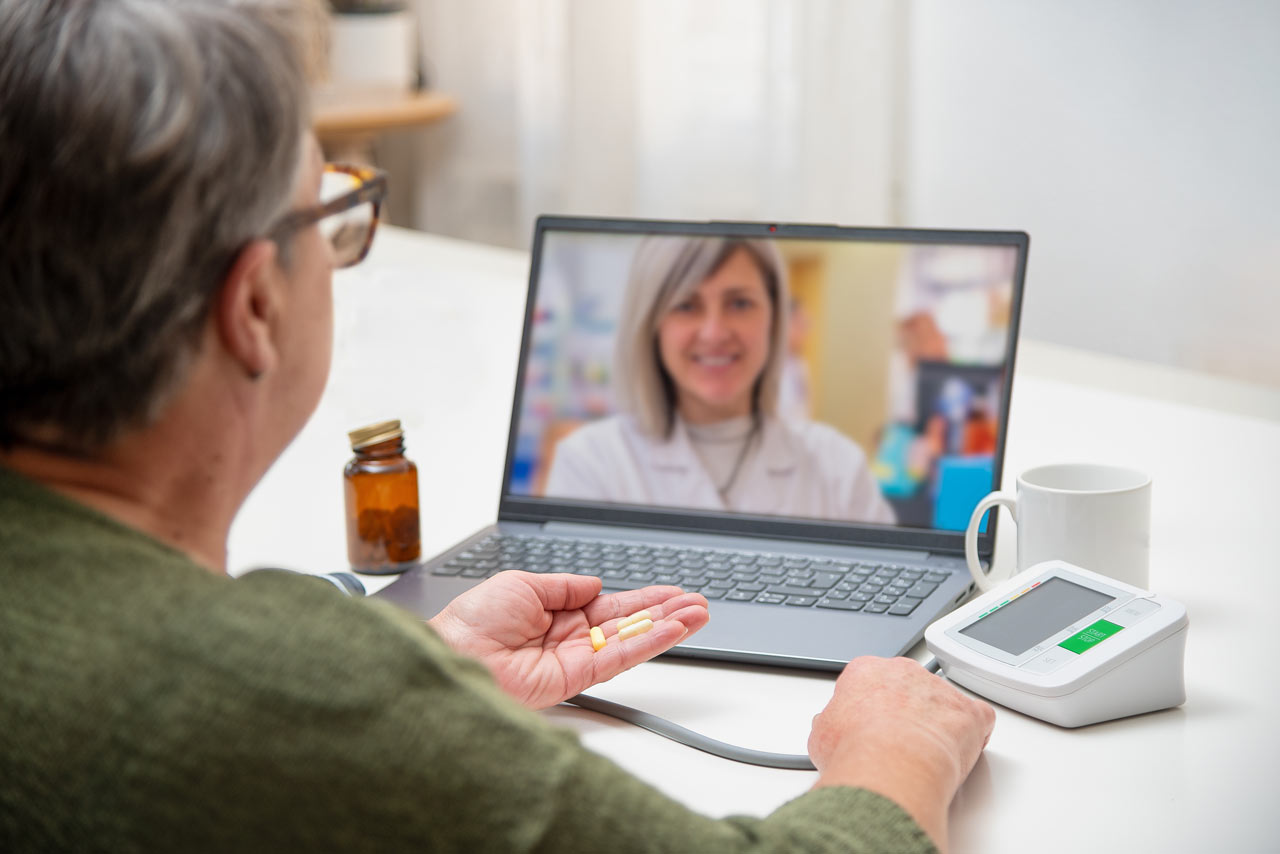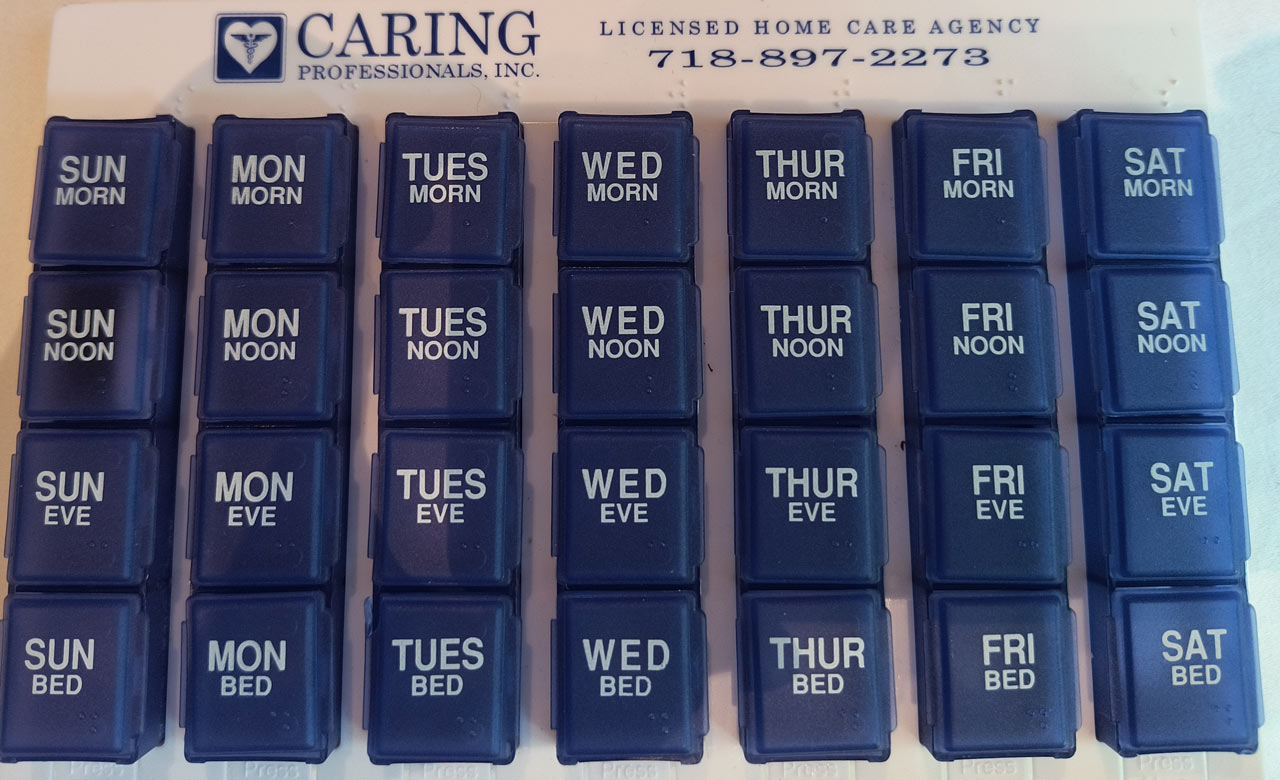Can these co-exist? It depends on many things such as employer flexibility, the option of remote work, availability of part-time work and more. Most people need to work to meet their expenses and must be caregivers at the same time.
Keep in mind that even if not all the caregiving work (household tasks, financial management, paperwork, shopping, cooking, personal care, medication management, and doctor visits) is done directly by the family member, it is still caregiving. Managing all these tasks, as well as doing some of them directly, consumes much time and work time is affected.
This is a big issue currently in the United States as more and more people provide care to seniors and people with disabilities. As of three years ago, 48 million people did so. An average of nearly five hours daily was spent in caregiving activities by these adults in 2020 and 2021. These numbers are expected to rise as baby boomers age and people live longer. About 65,000 people become family caregivers daily, says an AARP expert. President Biden tried to include paid family caregiving leave in his Build Back Better Act that did not pass. It remains part of his stated agenda as expressed in his 2023 State of the Union address.
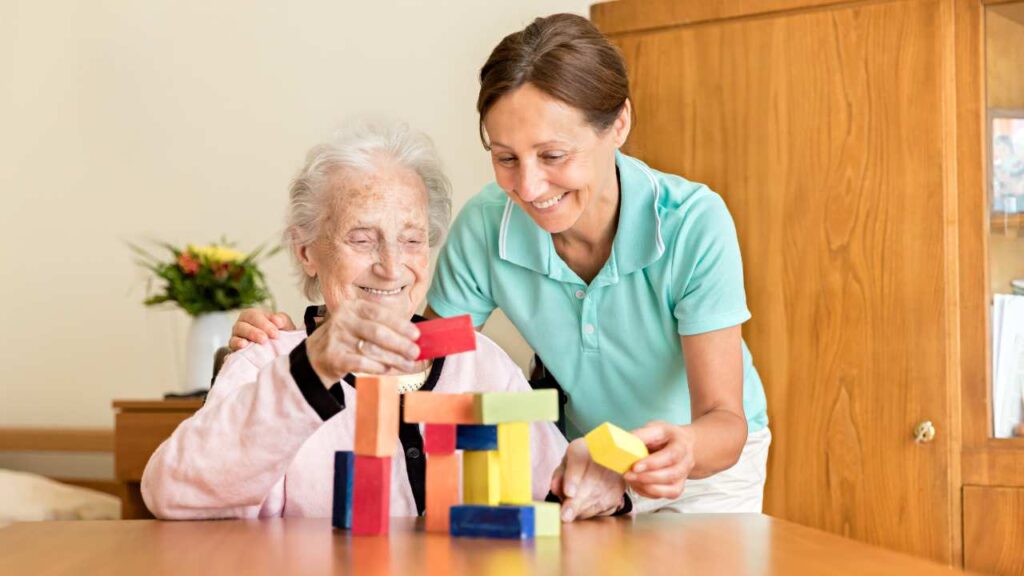
Nonetheless, NYS and six other states have enacted laws that offer government-mandated family leave insurance that pays part of one’s salary for several weeks. In NYS, the law is the same for people who take off for birth/adoption of a child. It applies to employees at private companies as well as public employers and self-employed contractors who opt in and pay for the coverage. It applies to full-time and part-time employees (with some restrictions).
Employees in NYS can receive 67% of their average weekly earnings, up to a maximum of $1,131.08, for up to 12 weeks every 52 weeks to care for a family member (spouse, domestic partner, sibling, parents-in-law, grandparents, children, siblings, and grandchildren). This is rather new; it was passed in 2020. Knowing your rights is important. Read your employee handbook!
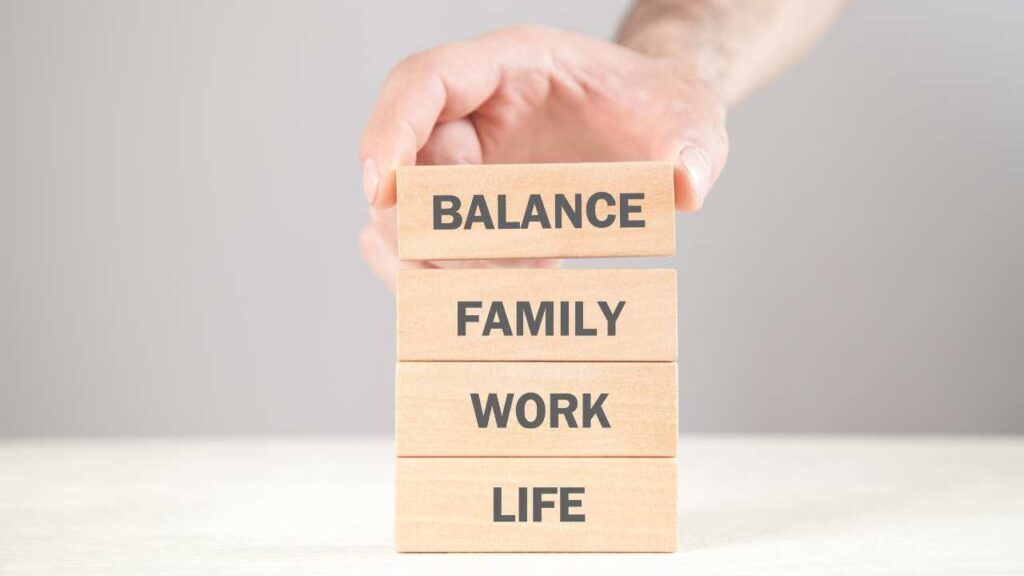
The health condition of the family member must be serious.A serious health condition is an illness, injury, impairment, or physical or mental condition that involves inpatient care in a hospital, hospice, or residential health care facility, or continuing treatment or continuing supervision by a health care provider.
The employee can take intermittent days off or a sequence of days. The days must be full workdays. S/he must inform the employer thirty days in advance if it is planned. As soon as an emergency health situation happens, let your employer’s HR department know and get the paperwork done so you can be paid. There will be form(s) that the health care provider will have to certify.
You must submit your completed request package to your employer’s insurance carrier within 30 days after the start of your leave to avoid losing benefits. This is sometimes done by the HR department. If you cannot get documentation to support a leave request within this timeframe, the insurance carrier can deny the request.
If the claim is approved, you will be paid bi-weekly through the insurance company with whom the employer holds the policy. The employee has a choice of ways to be paid-by check, direct deposit, etc.
Get more information at the state website. https://paidfamilyleave.ny.gov/ It includes several helpful videos. There is also a phone number to call: (844) 337-6303. This article is not a comprehensive overview of the rules.
FMLA can also be an important resource when an adult must care for someone with a health situation. It is a federal program for unpaid leave while maintaining group health benefits. The Family and Medical Leave Act (FMLA) provides certain employees with up to 12 weeks of unpaid, job-protected leave per year. Check with your company’s HR office and get more information from the Department of Labor website: https://www.dol.gov/general/topic/benefits-leave/fmla
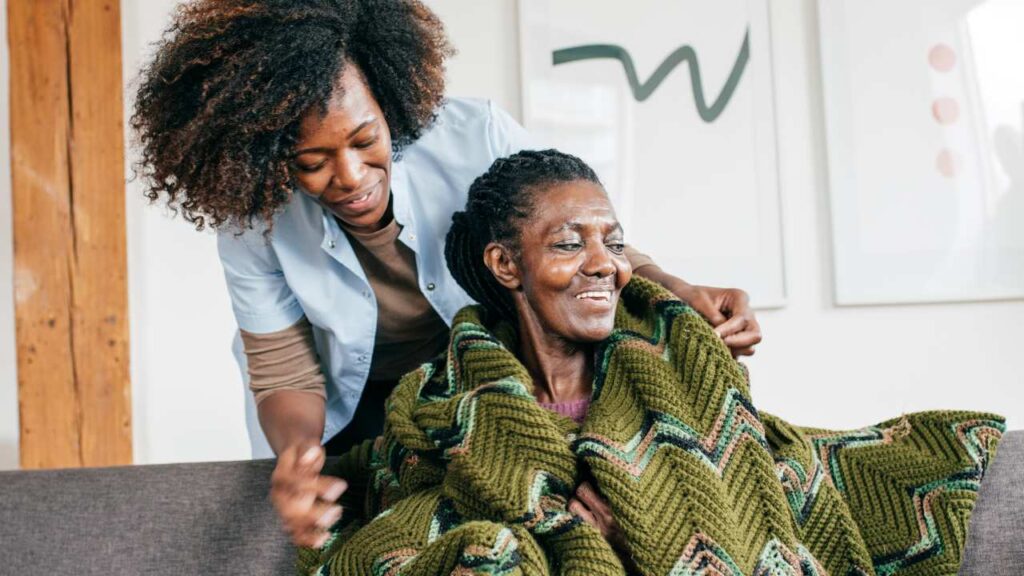
Your employer’s EAP (Employee Assistance Program) may also offer counseling and therapeutic support for navigating this period when you are confronted with many challenges at once. Take the time to investigate your resources as well as caregiver websites of medical centers and community groups. There usually are zoom support groups and caregiver respite services available.
Another option is providing care for your family member through CDPAP (the Consumer Directed Personal Assistance Program). This is a program in NYS for Medicaid patients who receive long term care. A family member may care for them if they are hired by the patient. The minimum pay rate is mandated by the state and varies across the state’s different regions. The number of hours of work are determined by the managed care company (MLTC) which is responsible for the long term care of seniors and people with disabilities.
An adult child may share caregiving with another paid caregiver under the CDPAP program. There are rules to follow and time sheets to complete. No training other than from the patient (called consumer) is required but some paperwork and medical forms must be completed to enroll. To find out more about Caring Professional’s speedy CDPAP enrollment and whether it can work for your loved one, call______. This option offers flexibility in terms of scheduling and convenience. While it usually does not provide the same level of wages as an outside job, it is an option many people choose when their parent or loved one is sick. A family member’s loving care is priceless.
Similar articles in our CDPAP Resources:
- Is Caregiving Taking Over Your Life? Consider CDPAP
- The Realities of CDPAP
- Apply for CDPAP here
- So, You Want to be a Paid Caregiver in the CDPAP Program?
- How does CDPAP help my family?
- Would you like to find out Will I Qualify for CDPAP?


